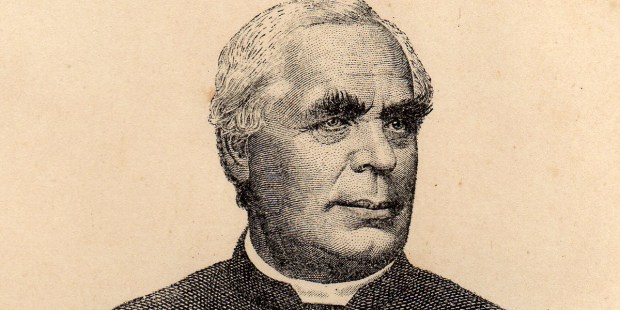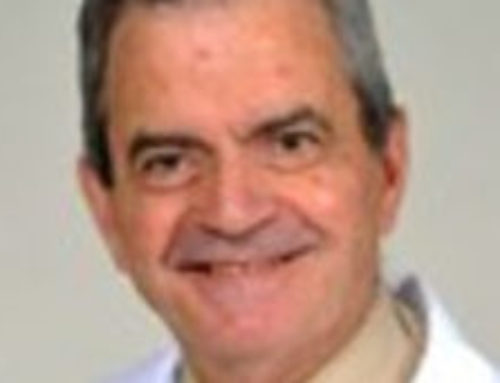This German priest pioneered a holistic view of modern medicine

Philip Kosloski – published on 01/25/21
Fr. Sebastian Kneipp sought to treat the entire person, mind, body and soul.
In the history of the Church there have been many doctors and physicians who were not satisfied with only treating bodily ailments, but also spiritual ones. They saw their medical practice as a part of their heavenly calling.
This was the case for Fr. Sebastian Kneipp, a German priest of the 19th century. In the midst of his studies he contracted tuberculosis, a disease that was often a death sentence.
However, he discovered a “water cure” and made his own experiments with it. His health continued to improve and he was completely cured of his tuberculosis. This motivated him to both become a priest and teach others about his medical program.
The Catholic Encyclopediagives a brief summary of his career as a priest and physician.
While still a curate he practiced hydrotherapy for the benefit of the poor, and his success in curing their ailments attracted wide attention. People from neighboring parishes began to flock to him; the rich as well as the poor came to be treated, and his fame spread throughout Germany. His little book, “My Water Cure,” went through many editions and was translated into many languages, while people from all over Europe began to flock to him. Many of them were greatly benefited. Father Kneipp’s system consisted of the regulation of the daily life, through simplicity of diet, and the plentiful use of cold water internally and externally … His general rules were early to bed and early to rise, with a walk in the dewy grass in the bare feet, simple meals, no stimulants, not too much meat, and an abundance of cereals.
Father Kneipp developed a complex philosophy on human health, based on 5 inseparable pillars:
- Water, which is the most important pillar;
- Plants and their medicinal use;
- “Simple and healthy” food;
- Regular physical exercise without excess
- and the Inner Balance, about which he himself testifies: “I only obtained positive results when I took the soul into consideration.“
According to the Hospitaller Order of Saint John of God, “Fr. Kneipp also treated Pope Leo XIII, for which he was rewarded with the honorary title of Monsignor.” It isn’t recorded how well Leo XIII complied with Fr. Kneipp’s treatment regimen, but the pope did live to the age of 93.
Fr. Kneipp explains in his book, My Water-Cure, how the well-being of souls was his chief desire, and how he believed in a holistic way of medicine, treating mind, body and soul as all important.
Being a priest the salvation of immortal souls is the first object for which I wish to live to die. During the last 30 or 40 years however the care for mortal bodies has absorbed a portion of my time and my strength … Mens sana in corpore sano says the proverb of the ancients. A healthy mind only dwells in a healthy body. Here it may be considered how great and influence the country has on its people, the palace or the poor damp cottage, on their inhabitants. Should it be otherwise with regard to soul and body which are moreover so closely connected as to form one whole?
His work continues to be passed on today and UNESCO has labeled his medical treatments as part of a “Nationwide Inventory of Intangible Cultural Heritage.”
Kneipp’s life and work remind us to look at our lives differently, seeing the connection between our bodies and souls and how living a holy life should include living a healthy life.







